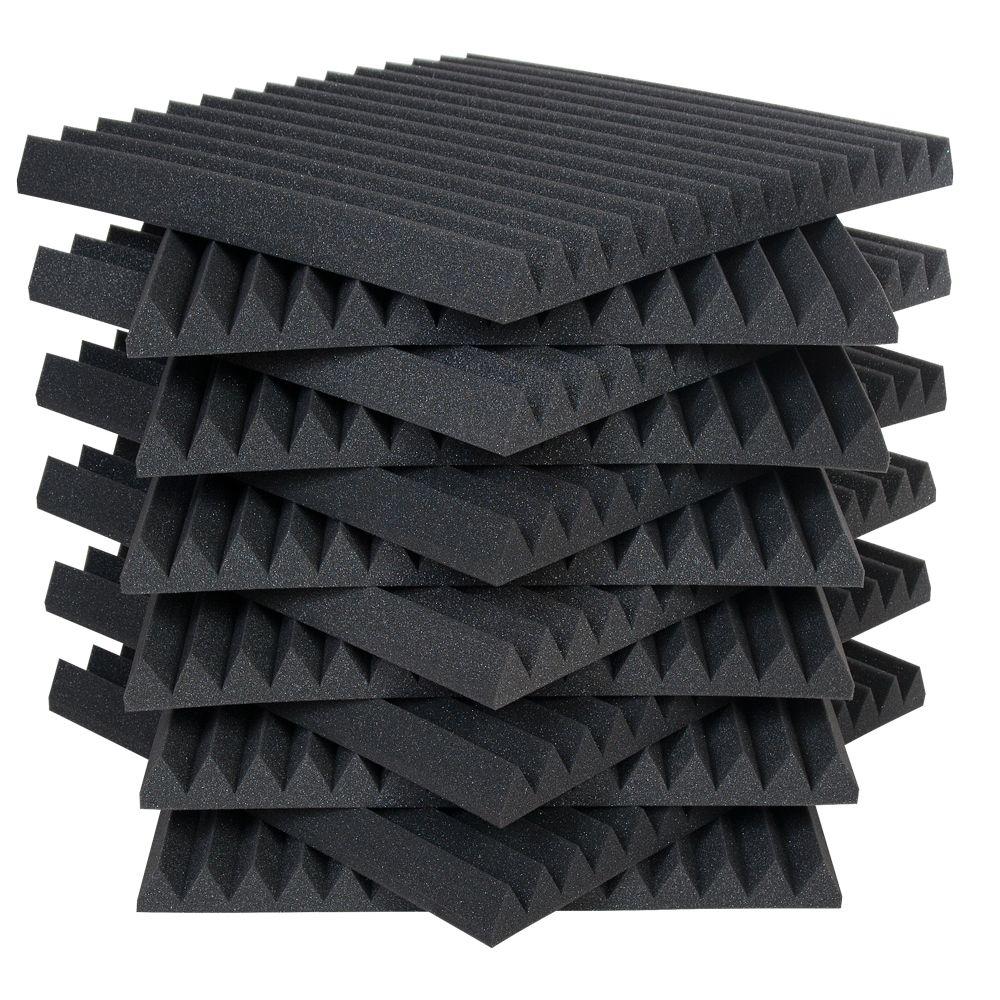Gdetrailer
Feb 25, 2018Explorer III
Generator quieting
A while back someone mentioned looking for a quieter muffler to reduce the noise of their gen.
That question brought to mind that a video needs to be made which should clearly show that much of the generator noise does not come from the exhaust.
So, finally after a couple of months of super cold weather and lately several weeks worth of daily "monsoon" heavy rain we actually had a nice 50F day with no rain.. I have made a quick under 2 minute video.
Let me preface a few things..
1, this IS NOT A DEBATE as to why I and other folks do not spend the money for the super quiet gens.
The video of this gen IS FOR MY WHOLE HOME BACKUP SYSTEM so if you wish to debate, go somewhere else, I don't care about the noise and I can't hear it in my home and my closest neighbors are across the road and over 500ft away.
2, This is a demonstration that shows that most of the noise comes from internal vibration of the engine. No muffler will fix that.
3, this is a 8750W HF gen with 13 HP Chinese Honda clone engine, it IS louder than say a 6.5 HP Honda clone 4K gen but the SAME PRINCIPALS of where the noise comes from IS THE SAME.
4, While I can play the video on my PC using VLC player, playing it from Google drive you may need to download the file first because Google drive video player does not seem to like a MP4 video file?
5, Video starts out loud, turn down your volume, you have been warned.
6, Video is a bit shaky, newer digital camcorders do not have as nice of shake reduction of my old Sony Hi8 camcorder and I was holding camcorder and sound meter at the same time.
7, Distance for sound measurements was about 10FT, near the gen about 85 DB, exhaust was about 10FT and 70 DB, I don't have a lot of room between the out building and my house so 10ft was a compromise distance. Doubling the distance will reduce the noise level by 3 DB which is considered halving the noise..
That means at 20FT 70DB becomes 67DB and the 85DB becomes 82DB.
8, Building does not have any insulation, just wood siding covered in vinyl siding but does make a decent noise block.
9, Sound reduction via a box or shelter will be more effective than changing the muffler.
OK, now that we got that all squared away..
You can get the video HERE
That question brought to mind that a video needs to be made which should clearly show that much of the generator noise does not come from the exhaust.
So, finally after a couple of months of super cold weather and lately several weeks worth of daily "monsoon" heavy rain we actually had a nice 50F day with no rain.. I have made a quick under 2 minute video.
Let me preface a few things..
1, this IS NOT A DEBATE as to why I and other folks do not spend the money for the super quiet gens.
The video of this gen IS FOR MY WHOLE HOME BACKUP SYSTEM so if you wish to debate, go somewhere else, I don't care about the noise and I can't hear it in my home and my closest neighbors are across the road and over 500ft away.
2, This is a demonstration that shows that most of the noise comes from internal vibration of the engine. No muffler will fix that.
3, this is a 8750W HF gen with 13 HP Chinese Honda clone engine, it IS louder than say a 6.5 HP Honda clone 4K gen but the SAME PRINCIPALS of where the noise comes from IS THE SAME.
4, While I can play the video on my PC using VLC player, playing it from Google drive you may need to download the file first because Google drive video player does not seem to like a MP4 video file?
5, Video starts out loud, turn down your volume, you have been warned.
6, Video is a bit shaky, newer digital camcorders do not have as nice of shake reduction of my old Sony Hi8 camcorder and I was holding camcorder and sound meter at the same time.
7, Distance for sound measurements was about 10FT, near the gen about 85 DB, exhaust was about 10FT and 70 DB, I don't have a lot of room between the out building and my house so 10ft was a compromise distance. Doubling the distance will reduce the noise level by 3 DB which is considered halving the noise..
That means at 20FT 70DB becomes 67DB and the 85DB becomes 82DB.
8, Building does not have any insulation, just wood siding covered in vinyl siding but does make a decent noise block.
9, Sound reduction via a box or shelter will be more effective than changing the muffler.
OK, now that we got that all squared away..
You can get the video HERE
